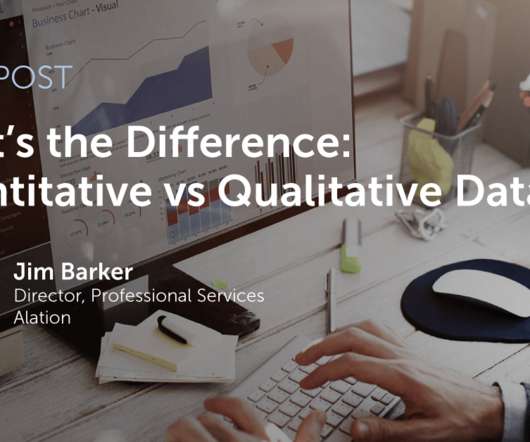An archetype-based approach to driving your global workforce transformation
CIO Business Intelligence
MARCH 11, 2024
As technology becomes ever more important to strategy, IT leaders are reconsidering their workforce compositions. And though modeling the composition of a to-be workforce is a necessary and smart first step, it represents only the tip of the iceberg. What key technologies are they using? Configuring a package solution?













Let's personalize your content